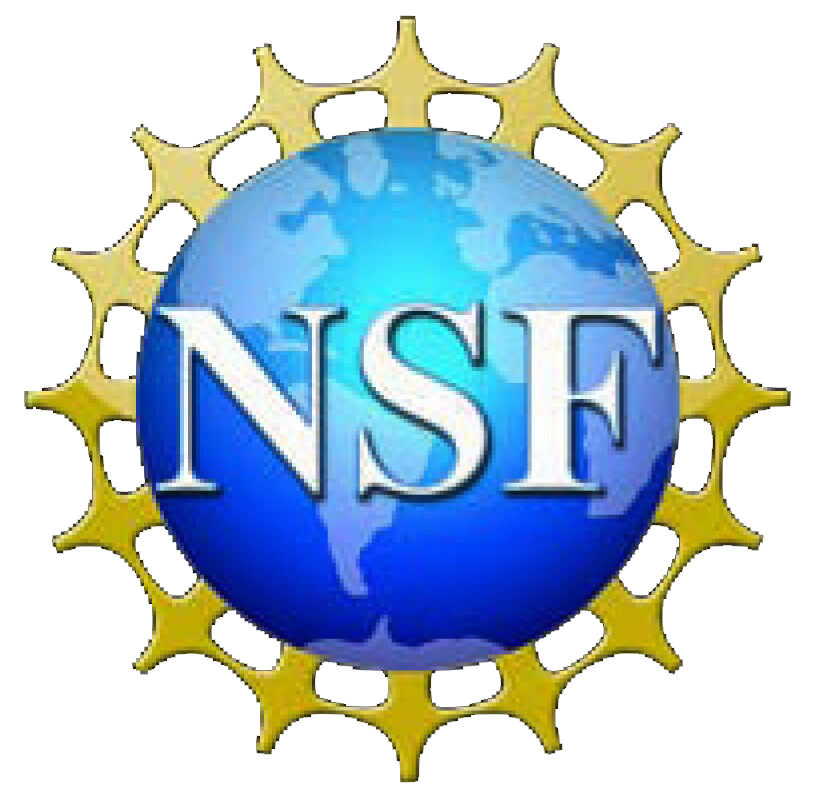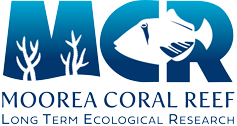Year:
2024
Authors:
Source:
M.S. Thesis
Abstract:
The environment an alga grows in has a significant effect on the physiology and abundance of the algae on reefs. The traits of algae are controlled by genetics, the environment, and the interaction between the two (Robinson et al. 2013). Due to the growing occurrence of reef disturbances leading to coral-algal phase shifts, this study aims to explore the morphological and metabolic changes that Sargassum pacificum (Phaeophyta) and Amansia rhodantha (Rhodophyta) undergo when different rates of flow and herbivory are experienced. The increase in macroalgae abundance, in addition to decreases in macroalgal herbivores on reefs further elucidates the need for research focused on environmentally-induced morphological changes. Principle Components Analyses of morphometric measurements of A. rhodantha and S. pacificum from two different flow habitats showed eight major morphotypes. Initial morphometric measurements indicated that low flow morphs exhibited higher blade count, blade width, and average branch length, while high flow morphs showed thallus length, apical growth, and for S. pacificum specifically, stipe thickness. These measurements were later applied to the caging experiment limiting herbivore browser exposure across high and low flow habitats. Initial wet weight measurements were taken across wave protected and wave exposed sites to compare the average surface area to volume ratios (SA:V) at different flow habitats. Comparisons across flow habitats showed a higher SA:V ration in apical growth of S. pacificum in high flow habitats while A. rhodantha was similar across flow habitats. SA:V ratios were tested again during an in-situ caging experiment, however, there was no significant effect was found for habitat, treatment or the interaction for either algae species. Net photosynthesis (NP) rates were also recorded across flow habitat showing higher rates of NP for A. rhodantha in the high flow habitat, while S. pacificum did not show changes across habitat. To test the hypothesis that caged low flow morphs would have the highest overall growth and SA:V ratio, a caging experiment was conducted to test the interactive effect of herbivore browsers and flow on the morphology and metabolic rates of fleshy macroalgae in Moorea, French Polynesia. The treatments included caged, uncaged, and control groups crossed with wave protected and wave exposed areas. After five-weeks, the algae samples were collected to measure changes in morphometrics, surface area, and net photosynthesis (NP). The measurements that showed the largest differences between habitat and treatment exposures included, for A. rhodantha, the number of rosettes, blade count, average branch length, and final weight measurements being largest in caging treatments regardless of flow habitat. However, no significant differences were found between habitat or treatment for S. pacificum morphology, likely due to the high volume of samples lost. The results of this study indicate that the morphology of macroalgae across the reef not only changes across different flow habitats but also is impacted by herbivore exposure for A. rhodantha. In addition, changes in herbivore exposure may lead to different photosynthetic rates. It was predicted that the highest NP would occur in low flow habitats subjected to herbivory. The highest NP rates were found in morphs from caged treatments regardless of flow habitat for A. rhodantha. Uncaged and controlled treatments were found to have the lowest NP rates across flow habitat. The decrease in herbivore abundance, specifically browsers, is becoming more prevalent across tropical coral reefs worldwide (Edwards et al. 2014, Foo et al. 2021). While macroalgal herbivore densities continue to drop, the likelihood of disrupting the balance of the delicate reef ecosystem increases. This study shows that not only will decrease in herbivore browsers abundances change the morphology of A. rhodantha across different flow habitats, but their absence can result in higher growth rates and overall abundance across the reef. This in turn may result in a loss of coral coverage and biodiversity on the reef.
Publication Type:
Thesis or Dissertation
Publisher:
Department of Biology, CSU Northridge



